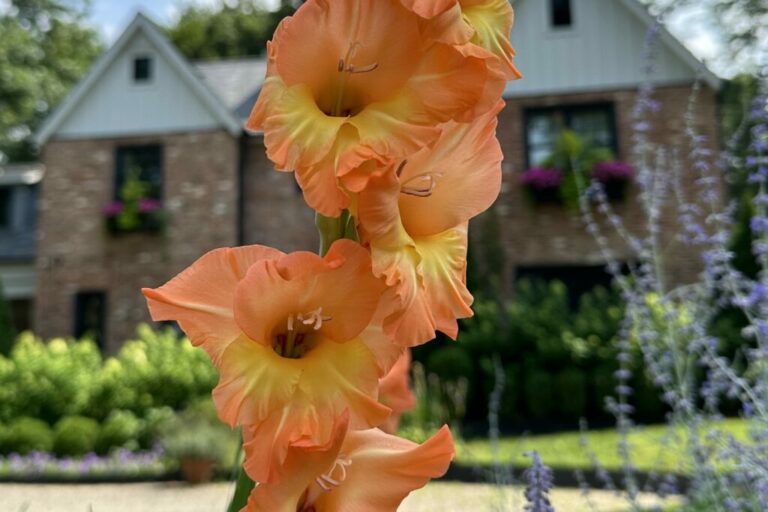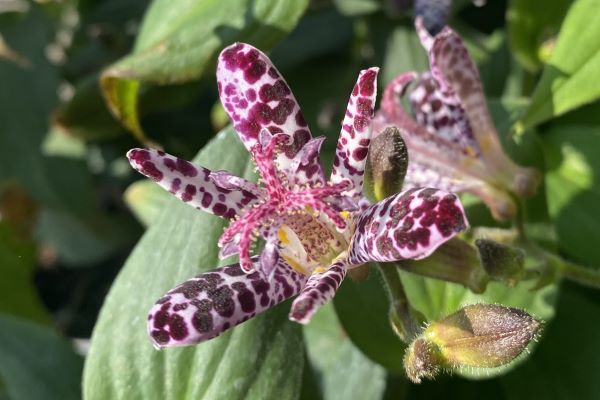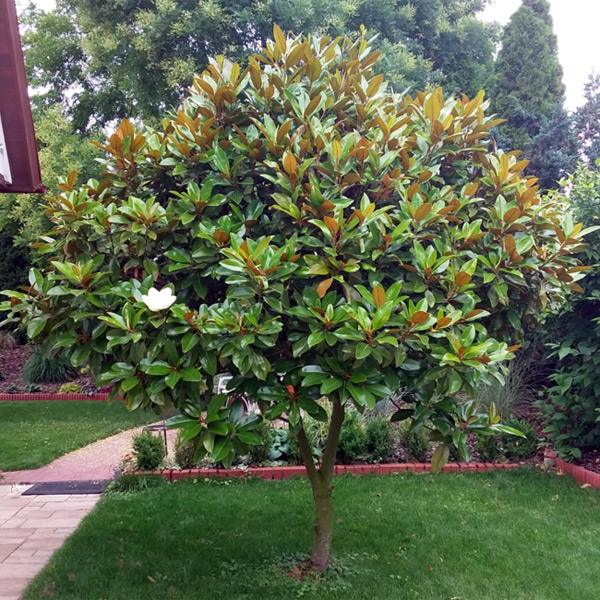Fertilizing Your Lawn in Four Steps
A luscious lawn requires a few steps, but undoubtedly, fertilizer is the most important one. Implementing a comprehensive fertilizing program keeps annoying weeds at bay and ensures grass flourishes and remains green throughout the warmer spring and summer months.
The right fertilizer also means springtime marks a lush lawn marked by healthy, fluffy, weed-free grass. The best fertilizer plan starts with a four-phase program Cerbo’s stands behind. The best time for the first and second phase of fertilization is typically from March to May while the third and fourth fertilization happens from the late summer through the early fall.

Fertilize and Weed
You’ll use a pre-emergent weed control product for the first step in your fertilizing regimen. This usually takes place in early springtime to get a jump on pesky summer weeds. So, prevent crabgrass and keep your yard nice and green with a pre-emergent as your first fertilizing step.
For the second step, add a mid-season fertilizer to coincide with germination, which typically occurs as the soil stays a consistent 55 degrees for more than a few days. This takes care of broadleaf weeds as well as dandelions. It also includes iron to keep the grass that beautiful green shade you love.
Keep in mind that many fertilizer products include nitrogen, which can combine with the acid rain in our local climate and lower the pH of the soil – this makes it harder for grass to get the nutrients it needs, making fertilizer even more necessary and important!
Winterizer
The third step includes insect prevention, weed preventer and killer, and more feed. This step works to maintain your grass during this non-growth period so it doesn’t die from pests or succumb to cold or freezing conditions. You’ll generally feed your lawn during the fall, right before the frost of winter occurs.
The last step in your regimen is winterizer. This boosts the nitrogen in the soil to protect plants in the winter and ensure growth the following spring. It rejuvenates and strengthens roots and spurs growth to prepare everything for springtime blooms. It also works to keep plants safe from the harsh winter temperatures as your lawn turns dormant due to low temps.
Lime
Where does lime fit into your fertilizer routine? It has an important job when it comes to lawn care. You can apply lime to your lawn twice a year, but for the best results, go ahead and leave lime out each time you use any step in your fertilizer program.
Why should you add lime to your lawn? It’s simple science – the addition of lime can naturally raise the pH of your soil, allowing your grass to imbibe all the necessary nutrients it needs to grow thick, lush, green, and healthy.
In an acidic climate like ours, it’s not optional but necessary to include lime as a can’t-miss part of your fertilizing process. Many gardeners prefer to focus on lime during fall fertilization so the ground can absorb the lime all winter long, but it won’t hurt your lawn to add it more often. Just avoid adding lime to wet soil for best results.
Still have questions about fertilizer? Then, get in touch with soil specialists at Cerbo’s for all of your burning lawn questions, and stop playing the grass guessing game! We stock all types of fertilizers and mulch, and aggregates to keep your lawn lovely all year.






